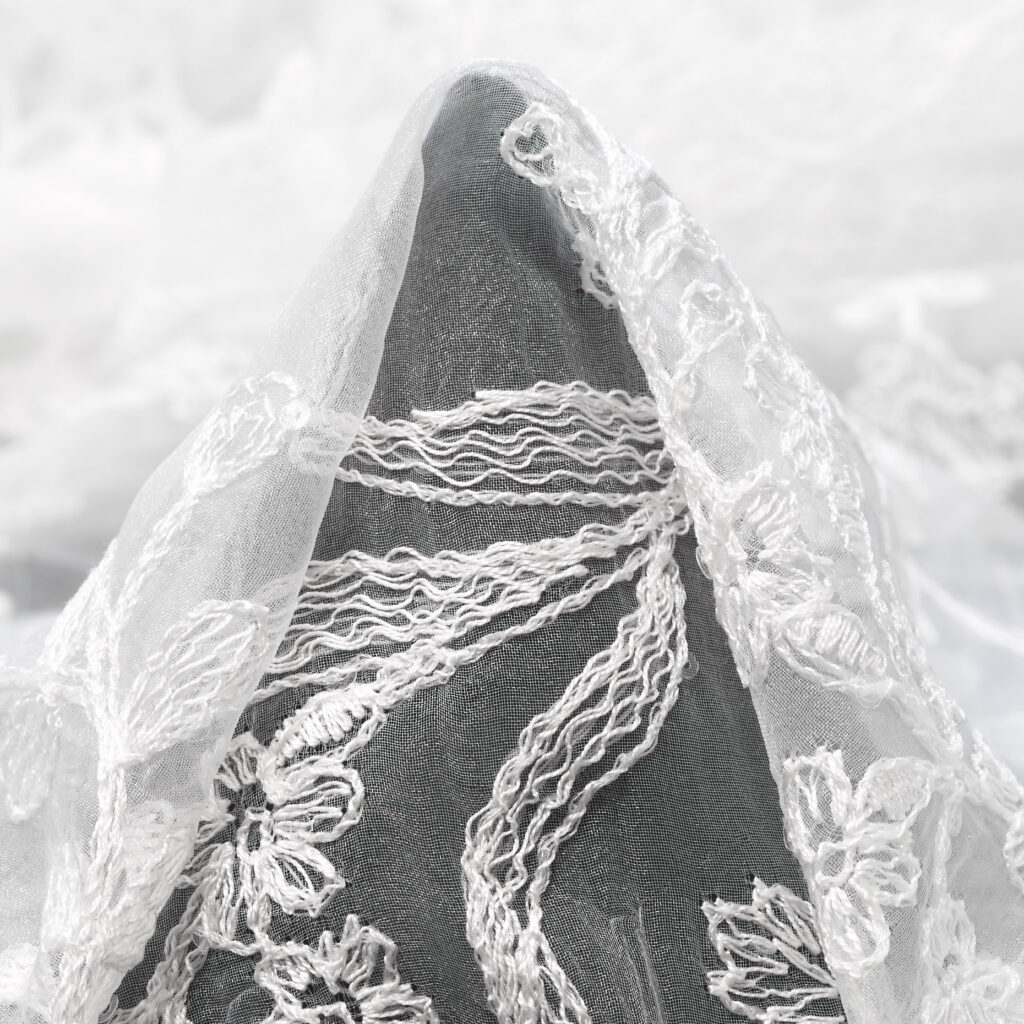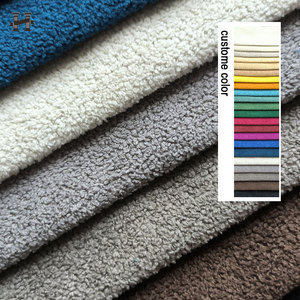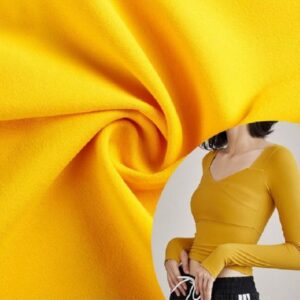Is Organza Better Than Mohair for Padding?
Fabric compatibility is crucial in fashion and sewing, as the right combination can enhance the aesthetics and functionality of a garment. This article explores whether organza or mohair is better for padding, considering their unique properties. We’ll delve into their compatibility, benefits, challenges, and provide practical sewing tips.
Compatibility Analysis
The short answer is: No, organza is not better than mohair for padding. Mohair, known for its softness and warmth, is more suitable for padding than the crisp and sheer organza. Let’s break down why these fabrics aren’t ideal for mixing in padding applications.
Texture and Weight
Organza is a lightweight, sheer fabric often used for overlays and decorative purposes. Its stiffness doesn’t lend itself well to padding, which requires a plush, cushioned feel. Mohair, on the other hand, is a soft, dense fabric with excellent insulating properties, making it ideal for padding.
Stretch and Durability
Mohair’s natural elasticity and durability make it a better choice for padding, as it can withstand wear and maintain its shape over time. Organza lacks stretch and can easily tear under pressure, making it unsuitable for padding purposes.
Care Requirements
Organza typically requires delicate handling, often needing dry cleaning or gentle washing. Mohair, while also requiring careful maintenance, is more robust in terms of cleaning, which is essential for padding materials that endure frequent use.
Fabric Properties Comparison Table
| Property | Organza | Mohair |
|---|---|---|
| Fiber Content | Synthetic (nylon/polyester) | Natural (angora goat hair) |
| Weight and Thickness | Lightweight, thin | Medium to heavy, thick |
| Breathability | Low | Moderate |
| Stretch and Elasticity | None | Moderate |
| Wrinkle Resistance | Low | Moderate |
| Care Instructions | Dry clean, gentle wash | Hand wash, dry clean |
| Durability | Low | High |
Benefits of Mixing These Fabrics
While organza and mohair aren’t ideal for padding, combining them in other applications can offer creative advantages:
- Enhanced Texture and Visual Interest: The contrast between mohair’s plush texture and organza’s crispness can create visually striking garments.
- Improved Comfort and Performance: Mohair’s warmth combined with organza’s lightness can enhance comfort in layered designs.
- Better Drape and Movement: Organza adds structure, while mohair provides fluidity, allowing for dynamic movement.
- Cost-Effectiveness: Using organza for decorative elements can reduce the overall cost of a garment.
- Seasonal Versatility: Mohair’s warmth and organza’s airiness make them suitable for transitional seasons.
- Design Possibilities: The combination allows for innovative designs in both fashion and home decor.
Potential Challenges
When mixing organza and mohair, several challenges arise:
- Different Shrinkage Rates: These fabrics may shrink differently, causing fit issues.
- Conflicting Care Requirements: Their differing care needs can complicate maintenance.
- Texture Clash or Pilling: The smoothness of organza can cause pilling on mohair.
- Seam Puckering: Organza’s stiffness can lead to puckering when sewn with mohair.
- Color Bleeding or Fading: Mohair dyes may bleed into organza during washing.
Practical Solutions
- Pre-wash fabrics to address shrinkage.
- Use a gentle detergent suitable for both fabrics.
- Employ a walking foot to prevent seam puckering.
- Test for colorfastness before combining.
Sewing & Styling Tips
- Sewing Techniques: Use a fine needle (size 70/10) for organza and a universal needle (size 80/12) for mohair.
- Thread Recommendations: Choose a polyester thread for flexibility and strength.
- Interfacing Needs: Use a lightweight interfacing for organza to maintain its shape.
- Seam Finishing: Employ French seams for organza and overlock for mohair.
- Pattern Selection: Choose patterns that highlight the contrast in textures.
- Styling Ideas: Use organza for sleeves or overlays and mohair for the main body of a garment.
Care & Maintenance Guide
- Washing Instructions: Hand wash mohair and use a gentle cycle for organza.
- Drying Recommendations: Lay flat to dry mohair and hang organza to prevent wrinkles.
- Ironing Tips: Use a low heat setting for organza and steam mohair gently.
- Stain Removal: Spot clean organza immediately; use a mild detergent for mohair.
- Long-term Care: Store in a cool, dry place to prevent damage.
FAQ Section
-
Can you wash organza and mohair together?
It’s best to wash them separately due to different care needs. -
Will organza shrink more than mohair?
Organza is less likely to shrink compared to mohair, which can shrink if not washed properly. -
What needle size should I use for sewing these fabrics together?
Use a size 70/10 needle for organza and a size 80/12 for mohair. -
Can you mix organza and mohair in one garment?
Yes, but consider their differing properties and care requirements. -
How do you prevent seam puckering when combining these fabrics?
Use a walking foot and test your stitch settings on a scrap piece. -
Is it okay to mix organza and mohair for upholstery?
It’s not recommended due to organza’s lack of durability. -
What’s the best way to finish seams with these fabrics?
Use French seams for organza and overlock for mohair to ensure durability and a clean finish.
By understanding the unique characteristics of organza and mohair, you can make informed decisions when mixing fabrics for various applications. Whether you’re creating fashion pieces or home decor, these insights will help you achieve the best results.



Leave a Reply